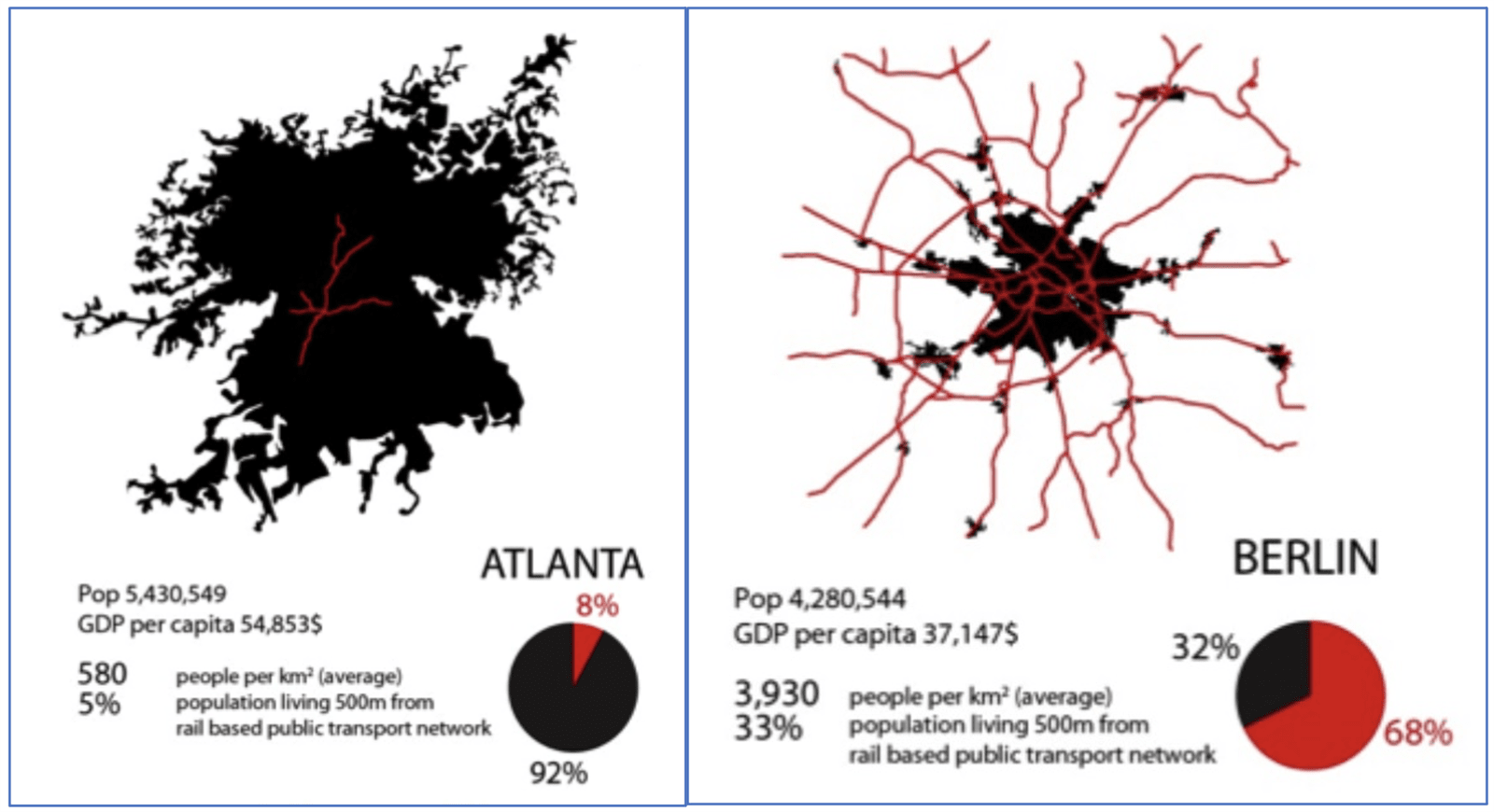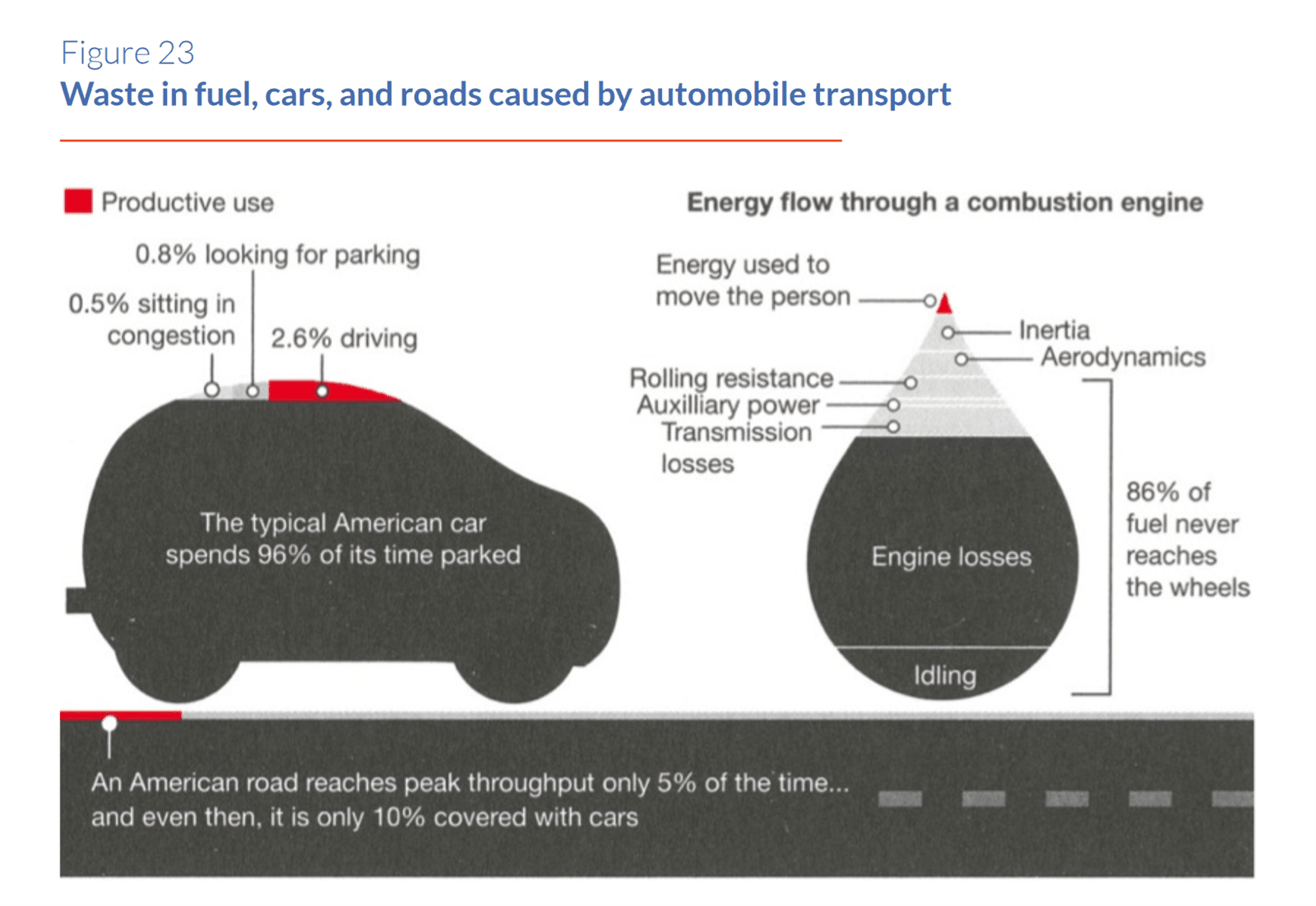Systems thinking – a.k.a. “everything is connected”
By Lindsay Wood, director of Resilienz Ltd
Low density subdivision has nothing to do with trucking efficiency. Yeah, right! Every trucker in the country is mindful of efficiency in some form: optimising fuel economy, or payload, or driving time. And I doubt any driver anywhere (except a cabby with the meter ticking) enjoys rush-hour – yet hordes of us drive into it, and worsen it, twice a day.
Commuter congestion is a classic result of systems at work and (pandemic lockdowns aside) systems thinking is likely the best way to tackle it.
I was planning this info-bite when the Ministry for the Environment offered me two gems: New Zealand‘s latest greenhouse-gas inventory shows “transport has seen the greatest increase in emissions of any sector”, and urban sprawl is compromising farming by consuming prime agricultural land.
There are obvious dots to join: sprawling growth perpetuates our extreme car usage (longer distances and less viable public transport), and more people commuting further by car equals more congestion. Less obvious are links between fire-rated walls (a complication in higher density housing), good farming practice, outdated economic fixation on growth, feeble council planning (often incentivising greenfield development), and schools starting in sync (we all know congestion eases during the holidays).
So, cowpat or starfish?
Check out these London School of Economics maps of two cities of similar populations (to the same scale!). Pie charts reveal the proportion of commuters in cars.

Crunching the numbers, we find delivering freight in Atlanta‘s rush hour means battling three times the number of cars over three times the distance. And the key difference? Atlanta‘s density is around 600 people/km2, Berlin‘s about 4000. We might joke about German efficiency, but…
And next time you hear an economist talking efficiency, ask why they don‘t ban cars altogether.
Also from the LSE, come diagrams showing the inefficiencies of roads, cars and fuel. People are the payload of a car, and the tiny red tip of the fuel drop (say 2%) is all that‘s needed to move them, with the rest as waste. And “The typical American car spends 96% of its time parked”! Wouldn‘t 4% operational time be a quickfire way for any transport operator to go broke!
 Translating this to emissions, cars might generate fifty times (98%/2%) the emissions needed to move the ‘payload‘, and low-density cities might cause nine times the amount of private car commuting compared to lower-density ones. These figures combine to suggest low density cities might emit 400-500 times the commuter emissions of a compact town well-served by cycleways and low-emissions public transport. And wouldn‘t that be a nicer place to deliver freight!
Translating this to emissions, cars might generate fifty times (98%/2%) the emissions needed to move the ‘payload‘, and low-density cities might cause nine times the amount of private car commuting compared to lower-density ones. These figures combine to suggest low density cities might emit 400-500 times the commuter emissions of a compact town well-served by cycleways and low-emissions public transport. And wouldn‘t that be a nicer place to deliver freight!
“Advanced towns are not where the poor drive cars, but where the rich travel in buses,” Enrique Pensacola, transport specialist and ex-mayor of Bogota – makes good sense.
Click here to find out more about the Trucking Toward a Better Future competition and get your entries in: https://nztrucking.co.nz/trucking-toward-a-better-future-calling-all-truckers-and-trucking-people





